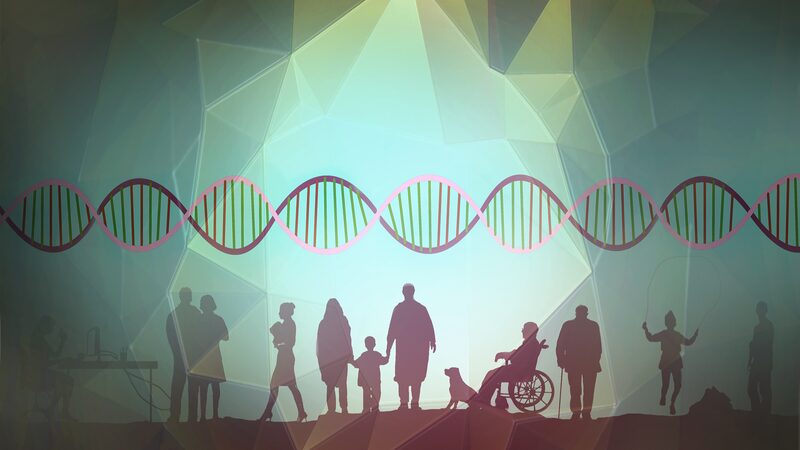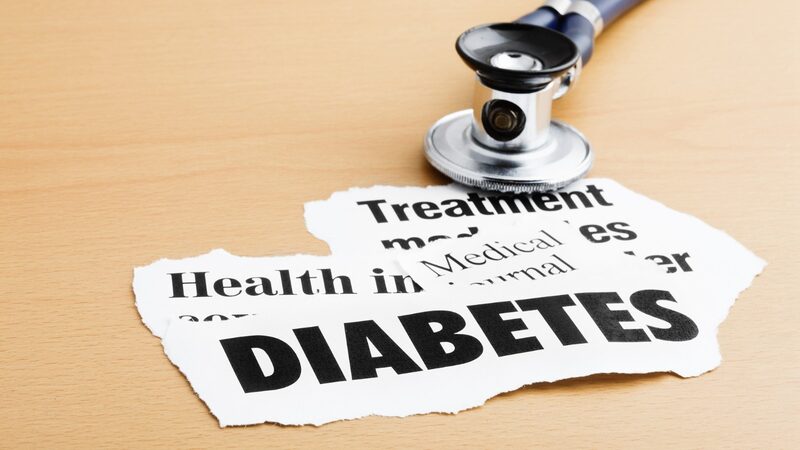World Stroke Day, observed annually on October 29, unites individuals, communities, and organizations worldwide to raise awareness about strokes and their profound impact. Established by the World Stroke Organization in 2006, this day emphasizes the critical importance of education, prevention, and timely response to strokes, which remain a leading cause of death and long-term disability globally.
Each year, World Stroke Day serves as a poignant reminder of the urgent need for continued action and awareness. Healthcare professionals, patients, advocates, and policymakers come together to highlight the risk factors, warning signs, and preventive measures associated with strokes. Through collaborative efforts, they aim to reduce the incidence of strokes and improve outcomes for those affected.
Understanding the symptoms of a stroke is vital for early intervention. The acronym FAST is a simple yet powerful tool to recognize key warning signs:
- Face drooping: One side of the face may droop or become numb. Ask the person to smile to check for asymmetry.
- Arm weakness: Sudden weakness or numbness in one arm. Ask the person to raise both arms to see if one drifts downward.
- Speech difficulty: Slurred speech or difficulty speaking. Ask the person to repeat a simple sentence.
- Time to call emergency services: If any of these signs are present, seek immediate medical assistance.
Additional symptoms can include sudden confusion, trouble walking, dizziness, or a severe headache with no known cause. Recognizing these signs and acting swiftly can significantly improve recovery chances.
If you suspect someone is experiencing a stroke, immediate action is crucial. Call emergency services without delay. Note the time when symptoms first appeared, as this information is essential for healthcare providers to determine appropriate treatment. While awaiting medical help, keep the person comfortable and avoid giving them food or drink, as swallowing may be impaired.
Prevention is a key component in reducing stroke risk. Major risk factors include high blood pressure, high cholesterol, diabetes, smoking, obesity, and a lack of physical activity. Adopting a healthy lifestyle through regular exercise, a balanced diet, and routine health screenings can substantially lower the risk of stroke. Public health initiatives on World Stroke Day focus on educating communities about these preventive measures and encouraging healthier choices.
Beyond awareness, World Stroke Day advocates for enhanced stroke care and support services. It calls for improved access to medical resources and rehabilitation for stroke survivors. Organizations worldwide participate by organizing events, offering health screenings, and conducting educational workshops to empower individuals with knowledge about stroke prevention and response.
As World Stroke Day approaches, it’s an opportune time for everyone to reflect on their health and take proactive steps towards stroke prevention. By staying informed and spreading awareness, we can collectively make a difference in reducing the impact of strokes on individuals and communities around the globe.
Reference(s):
World Stroke Day: Raising awareness and promoting prevention
cgtn.com








